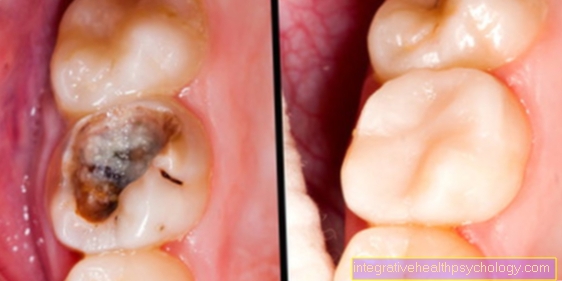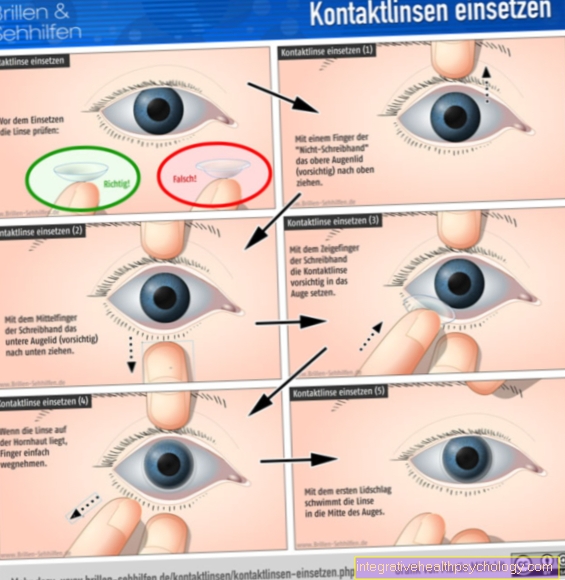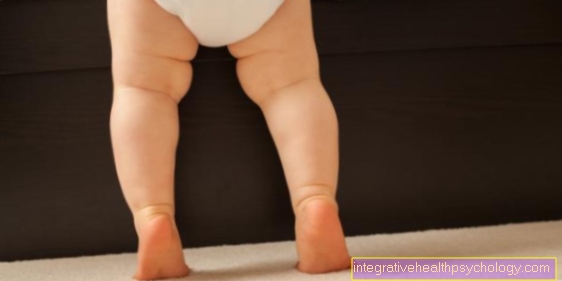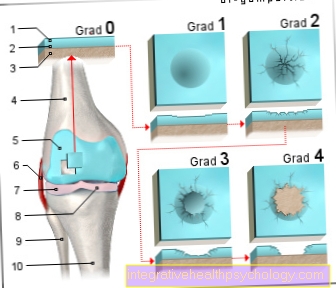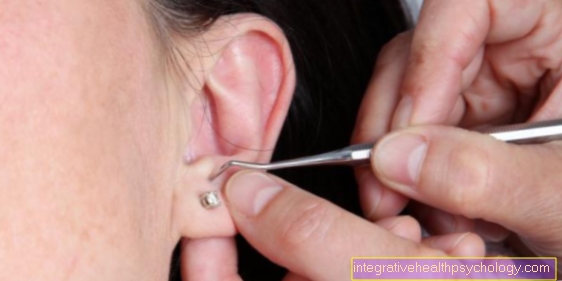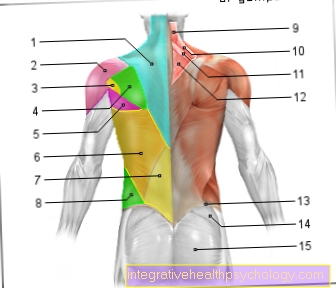The insertion of contact lenses
introduction
Putting contact lenses in the eye takes practice. This can only be achieved after some time and many attempts, for which calm is needed at the beginning. There is a natural protective reflex, the eyelid closing reflex, which ensures that it is hardly possible at first to look at one's own eye without being disturbed. It tears, you blink involuntarily and shrink from your own fingers. Over time, however, it is possible to get used to this protective reflex and at some point it becomes an everyday routine and it takes just a few minutes to insert or remove the contact lenses.
For hard and soft contact lenses, the process is only different in one point: the hard contact lenses are inserted and removed with a small rubber suction cup that is placed on the lens and can thus be easily handled. The soft contact lenses, on the other hand, are brought directly to the eye with the fingertip. It differs from person to person which procedure is perceived as easier, but usually even wearers of hard contact lenses insert the lens directly with their fingers after a while and remove it in the same way, without any suction cups.
The exact procedure is described here based on the handling of soft contact lenses.
preparation
Most important of all is when dealing with the eyes careful hygiene. So clean hands are a must and the storage container for the contact lenses must be kept meticulously clean and cleaned regularly. In addition, the storage container should be changed at least once a month. Replacement containers are available from drugstores and opticians.
Inserting the contact lenses begins with thorough hand washing with soap, which is rinsed off well. Without putting any lotion on your hands, you can continue.
The place where the contact lenses are used should also be clean, a smooth surface is ideal in case the contact lens should fall and a mirror is absolutely necessary at least at the beginning.
Put in soft contact lenses
To begin inserting the first Contact lens this is removed from the container. It is checked whether the contact lens is curved on the correct side. A simple comparison for most products is helpful here: If the contact lens arches like a deep plate, with a flatter rim all around, then it is incorrectly arched. If, on the other hand, the appearance of the contact lens resembles a bowl with an evenly curved rim, it is correctly curved. With some products, the wrong curvature is also shown by two clear deformations on the sides, such as two dents. The right curvature is important for good visual acuity and a comfortable fit.
Especially at the beginning you should put the mirror on the table or a mat. To avoid confusion of the contact lenses to avoid should always use the same eye, usually on the right. Then the contact lens is carefully placed on the fingertip of the right index finger. The head is bent over the mirror, the lower eyelid is pulled far down with the right middle finger and the upper eyelid is held with the left middle and index finger to avoid the protective reflex and the annoying blinking.
The index finger of the right hand is slowly moved towards the eye with the lens. As soon as the lens is then on the eye, it "sucks" in easily and can no longer simply fall out. You then look in the mirror and move your eye back and forth so that the contact lens finds its optimal fit. Then the Eyelids let go slowly and you look down. With this, the contact lens has usually slipped completely into the right place.
The process described above is repeated reversed on the left eye.
Take out contact lenses
The same applies here: wash your hands and take a clean place. Then the eye is opened as wide as possible and one looks up. You then touch the lens with your right index finger and slide yourself slightly downwards in the eye.
The contact lens can then be clamped between the thumb and forefinger, gently squeezed and thereby detached from its suction from the eye and can be removed from the eye. The lens is now cleaned and placed in the contact lens case. Here, too, care is taken to ensure that the correct curve is upwards and that the right and left contact lenses are not mixed up.
To prevent damage to the eyes or contact lenses, fingernails should ideally be worn short or moderately long.
You might also be interested in this topic: Foreign body sensation in the eye - am I wearing the wrong contact lenses?
Step-by-step instructions on how to insert the soft contact lens
- Wash and dry hands
- Lens on index finger
- Pull the lower eyelid down
- Pull the upper eyelid upwards
- Put the lens on the eye
- Let go of your eyelids, blink carefully
- Check fit in the mirror




